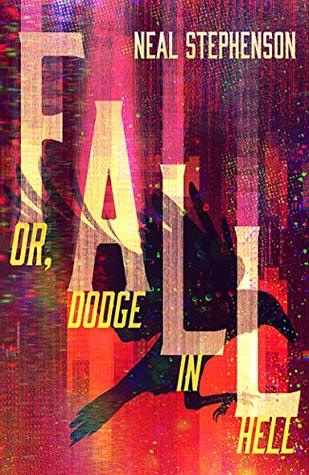
David Levering Lewis, “W.E.B. Du Bois: Biography of a Race, 1868-1919” (1994) and “W.E.B. Du Bois: The Fight for Equality and the American Century 1919-1963” (2001) – What a doozy! 1100-odd pages on the eventful life of sociologist, historian, activist, and man in the running as greatest American intellectual of the twentieth century, W.E.B Du Bois. It’s in the tradition of full-dress, life-and-times biographies like “The Power Broker” and “The Rascal King” — lots of detail, lots and lots of background on where Du Bois grew up, the histories of the settings he found himself in, the lives of people involved with his, so on and so on. Du Bois went many places: starting in Great Barrington, going to Fisk University, Harvard, Germany for grad school, back to Harvard, Atlanta, New York, touring the world and finally ending up in Ghana. He knew a lot of people. It’s two big books.
To give even a cursory examination of Du Bois’s career is beyond the scope of this review. Suffice it to say he was a scholar who played a major role in founding the NAACP and in shaping civil rights discourse and activism. His intellect was powerful and protean, finding outlet in sociology, history, memoirs, and novels (he was also a tremendous and well-organized worker). He redefined the history of Reconstruction in ways that historians only caught up with forty years later, and his philosophical works like “The Souls of Black Folk” went a long way towards shaping race consciousness in America in the twentieth century. Levering Lewis doesn’t stint from the nitty-gritty of Du Bois’s travels (one imagines his diaries were a source hard not to mine at sometimes tedious depths) and of his bureaucratic battles within the Niagara Movement and its successor, the NAACP.
Levering Lewis paints a picture of Du Bois as fiery, imperious, well aware of his own talents, and always fighting someone. My favorite parts were those dedicated to his epochal battles to define how black politics would look: with Booker T. Washington, with Marcus Garvey, with Walter White, etc. Washington played a game between the Jim Crow South, national authority, and the black community for which he acted as semi-official spokesman, where he attempted to bargain obedience to white rule for economic advancement. His struggle with Du Bois began over education — Washington being almost neurotically opposed to broad liberal arts education for black people and Du Bois a staunch advocate — but it quickly became a matter of broader vision for the community. No sooner had Washington left the scene and the Tuskegee network started seeing things more Du Bois’s way than Marcus Garvey and the United Negro Improvement Association arise. There was a viscerality to Du Bois’s despisal of Garvey, the wrath of a sophisticated, highly educated man for an interloper who was neither but who undeniably had the common touch Du Bois lacked. Garvey’s nationalism had more than a little of flim-flammery to it but it spoke to people fed up with Jim Crow, south and north, and seeing few ways out. Finally, Du Bois fought endlessly within his own organizations, the NAACP and the magazine The Crisis, and it was battle with Walter White — who became the archetype of the polished, establishment-friendly, legalistic civil rights advocate — that finally drove him from the group.
Du Bois lived a lot longer than he expected to- 95 years. Levering Lewis describes his politics and manner as essentially late-Victorian, a product of the 1880s and 1890s, which helped define but, ironically, had trouble managing the contradictions of the twentieth century as it unfolded. I would categorize his politics, insofar as I can, as “Fabian” — a belief in a socialized economy led by a meritocratic intellectual elite. He became a communist in the end, but Levering Lewis doubts how much he really believed in the destiny of the working class, though it’s worth noting Du Bois put much stock in Marxist historiographical technique, as his work on Reconstruction shows. Du Bois had tilted at socialists, black and white, for decades, but the Communist Party’s consistent efforts at organizing black workers probably decided the question for him. It was McCarthyism that drove him out of the country just as generations steeped in his thought began undertaking successful civil rights and decolonization work on both sides of the Atlantic. Hounded by his government, deprived of a passport, he lived out his days under Kwame Nkrumah’s aegis.
Like I said, there’s a lot here. Apparently Du Bois was a mediocre dad and a lousy husband, a major philanderer. Levering Lewis stints on neither praise nor blame and what you’re left with is a picture of both complexity and greatness (in the value neutral classical sense of the word “great”). That seems appropriate. All told, a solid piece of work. ****







